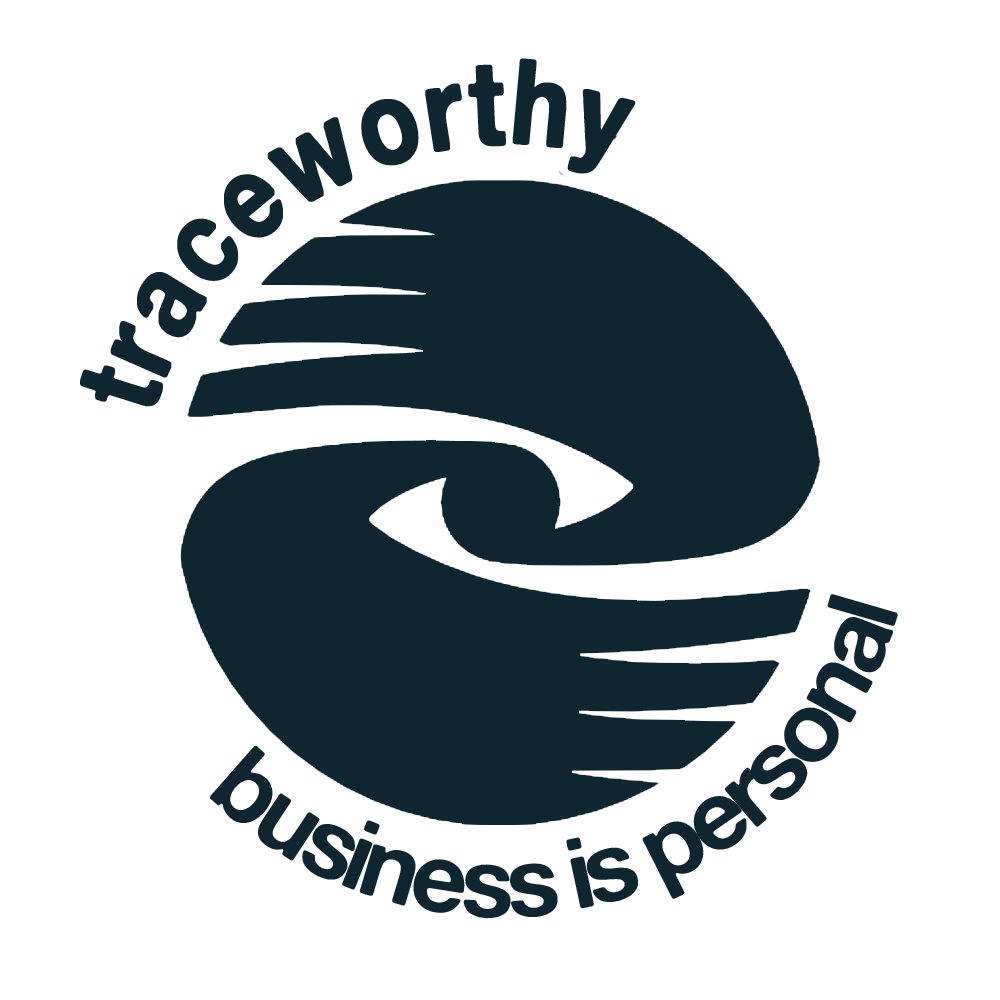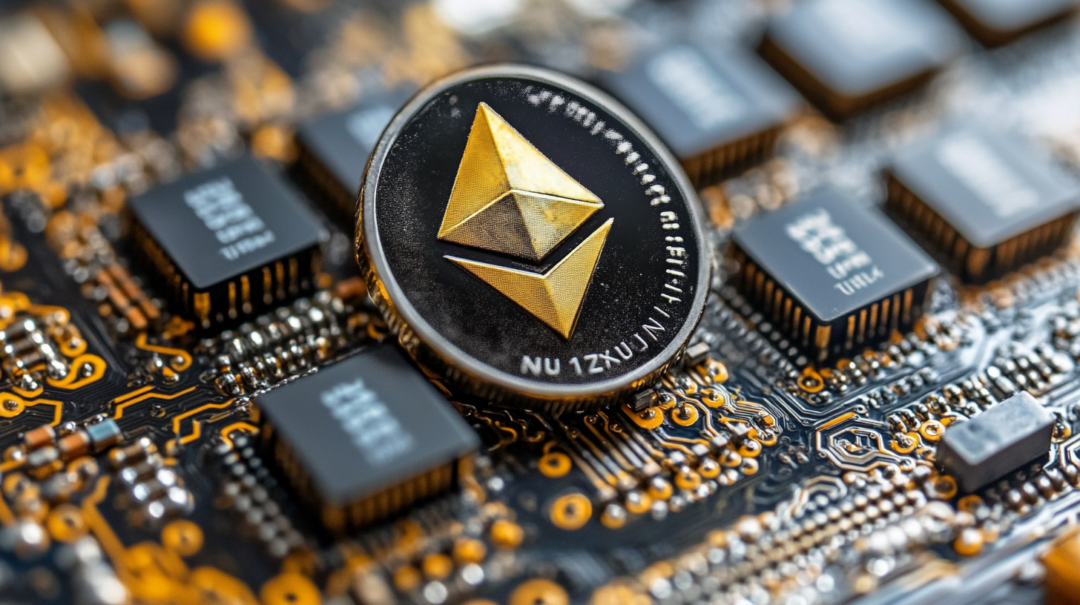Access, Liquidity & Transparency
The financial world is shifting gears, and tokenisation is emerging as a driving force. By converting ownership rights of tangible and intangible assets into digital tokens stored on blockchain technology, tokenisation reshapes how investments are structured, traded, and accessed.
This modern investment innovation broadens opportunities while introducing efficiency, transparency, and liquidity that were once hard to achieve.
Understanding Tokenization
Tokenisation transforms assets into blockchain-based tokens that represent ownership rights. These tokens cover many assets, including real estate, art, stocks, and commodities. Blockchain technology ensures security, transparency, and easy transferability, making tokenisation more inclusive and operationally efficient than traditional investment methods.
For instance, imagine a luxury hotel valued at USD 10 million being tokenised into 10,000 tokens, each worth USD 1,000. Investors can now access high-value assets without needing enormous capital. This fractional ownership opens the door to opportunities once exclusive to a privileged few.
Benefits of Tokenisation
Tokenisation brings several advantages, and its impact on investment strategies is profound. Key benefits include:
1. Enhanced Liquidity
Previously illiquid assets like fine art or real estate can now be traded on blockchain powered secondary markets. Investors can buy or sell tokenised shares quickly, unlocking liquidity that was once hard to achieve.
2. Fractional Ownership
Tokenisation divides high-value assets into smaller units, reducing the cost barrier. It enables more investors to participate in historically out-of-reach markets.
3. Reduced Costs
By cutting out intermediaries like brokers and banks, tokenisation minimises transaction costs. Smart contracts streamline asset transfers and dividend payouts, adding efficiency.
4. Global Access
Tokenised assets allow seamless trading across borders without the complications of traditional markets. Blockchain’s round-the-clock availability further facilitates global participation.
The Role of Blockchain Technology
Blockchain is the foundation for tokenisation, offering transparency, security, and efficiency. Each transaction is recorded immutably, ensuring accountability and reducing fraud risks. The decentralised nature of blockchain eliminates the need for gatekeepers, accelerates processes, and builds investor trust.
Smart contracts are vital to this ecosystem. They automate operations like income distribution from tokenised properties, removing manual interventions and enhancing stakeholder confidence.
Real-World Applications of Tokenisation
Tokenisation is making an impact across multiple industries:
- Real Estate
- Properties are being tokenized to democratise real estate investments. Retail investors can now purchase fractional ownership in commercial buildings.
- Art and Collectibles
- Rare artworks and collectibles are being tokenised, allowing investors to own a fraction of iconic pieces.
- Commodities
- Tokenisation is also applied to assets like gold and oil, simplifying how these commodities are traded and stored.
Expanding Tokenization to New Asset Classes
Beyond traditional applications, tokenisation is venturing into innovative asset classes such as intellectual property rights, carbon credits, and gaming assets. For example, content creators can tokenise royalties from their work, providing investors with a share of future earnings. Similarly, carbon credit tokenisation enables businesses to offset emissions while creating new revenue streams for sustainable practices.
The gaming industry is also exploring tokenisation by allowing players to trade in-game assets securely on blockchain platforms. These developments illustrate how tokenisation continues to expand its footprint across diverse sectors.
Challenges and Risks
Despite its promise, tokenisation comes with hurdles. Regulatory uncertainties remain a key challenge as jurisdictions worldwide grapple with how to govern tokenised assets. Moreover, technological risks, such as hacking or smart contract vulnerabilities, present significant concerns.
Another issue is adoption. Many investors still need to familiarise themselves with blockchain technology, highlighting the need for better education and trust-building initiatives. Tokenisation’s potential is already recognised across blockchain ecosystems, with platforms like Movement Network leveraging it to enable interoperability and security.
The Move Token price recently hit USD 1.00, with its market cap exceeding the USD 2 billion mark, marking a significant milestone in showcasing the growing influence of tokenised systems. Staying updated on such developments provides valuable insights into how these systems shape the future.
Social Impact of Tokenisation
Tokenisation also creates opportunities for social change. By lowering barriers to entry, it empowers underserved communities to participate in financial markets. Crowdfunding initiatives using tokenised assets have allowed small businesses and community projects to access funding more efficiently.
This democratisation fosters inclusivity and levels the playing field in the investment landscape. Moreover, tokenisation’s transparency benefits investors and stakeholders across industries. Ethical investments, such as renewable energy projects, gain credibility when tokenised, as blockchain technology ensures accountability and reduces greenwashing risks.
Future Trends in Tokenisation
The evolution of tokenisation points to exciting trends:
- DeFi Integration
- Tokenised assets are getting into decentralised finance (DeFi) systems, creating opportunities like tokenised loans and yield farming.
- Interoperability
- Cross-chain solutions are being developed to enable tokenised assets to move smoothly across different blockchain networks.
- Regulatory Developments
- Clearer guidelines from governments are paving the way for broader adoption and greater trust.
- Al and Analytics Integration
- Combining tokenisation with artificial intelligence enables smarter investment strategies, leveraging data analytics to predict asset performance.
The Importance of Due Diligence in Tokenisation Opportunities
As tokenisation reshapes the investment landscape, the promise of efficiency, transparency, and inclusivity comes with its share of risks. While blockchain technology provides a secure framework, it does not eliminate the possibility of fraud, mismanagement, or loss. Investors must approach tokenisation opportunities with the same level of scrutiny applied to traditional investments—or greater.
Key Reasons for Conducting Due Diligence
- Verifying the Underlying Asset
- A token is only as valuable as the asset it represents. Before investing, ensure the underlying asset—whether real estate, art, or intellectual property—exists and is accurately valued. Fraudulent projects may tokenize non-existent or overvalued assets, leading to significant losses for investors.
- Assessing the Platform’s Credibility
- Tokenisation platforms are the foundation of the ecosystem. Investigate the reputation, track record, and security measures of the platform facilitating the tokenisation. Look for transparent policies, regulatory compliance, and a history of successful projects.
- Understanding Smart Contracts
- Smart contracts automate many aspects of tokenisation, but they are not foolproof. Technical errors, bugs, or vulnerabilities can lead to malfunctions or exploitation. Investors should ensure the smart contract has been audited by reputable third-party cybersecurity firms.
- Regulatory Compliance
- The regulatory landscape for tokenised assets varies significantly across jurisdictions. Verify that the project complies with relevant laws and regulations, such as securities laws, tax requirements, and anti-money laundering measures. Non-compliance can lead to legal disputes and jeopardize investments.
Steps to Conduct Effective Due Diligence
- Research the Team and Stakeholders
- Investigate the qualifications, experience, and reputation of the project’s team. A credible team with a proven track record adds legitimacy and reduces the risk of fraud.
- Request Comprehensive Documentation
- Review whitepapers, legal agreements, and financial reports. Ensure these documents provide clear, accurate, and detailed information about the project, asset, and expected returns.
- Evaluate Market Conditions
- Assess whether the market supports the asset’s tokenisation. For example, tokenising a niche or volatile asset may present higher risks compared to well-established markets like real estate or commodities.
- Consult Experts
- Engage legal, financial, and technical advisors who understand blockchain technology and tokenisation. Expert opinions can help identify red flags and provide clarity on complex aspects of the investment.
Recognising Red Flags
Investors should remain vigilant for warning signs, including:
- Unrealistic promises of high returns with minimal risk.
- Lack of transparency regarding the asset or project team.
- Poorly written or incomplete documentation.
- Unregulated platforms or projects operating in unclear legal territories.
Mitigating Risks
- Diversify Investments
- Avoid putting all your resources into a single tokenisation project. Diversification spreads risk across various assets and markets.
- Stay Informed
- Keep up-to-date with industry developments, regulatory changes, and emerging technologies to make informed decisions.
- Utilise Reputable Platforms
- Opt for well-established platforms with a history of secure and successful tokenisation projects.
Conclusion
Tokenisation has unlocked a new era of investment. It delivers access, liquidity, and transparency while empowering diverse investors. From real estate and commodities to intellectual property and social impact projects, tokenisation’s reach continues to grow. Despite facing challenges like regulatory uncertainty and technological risks, the momentum behind tokenisation remains strong.
Whilst tokenisation opens the door to innovative investment opportunities, it also requires a careful and informed approach. By conducting thorough due diligence, investors can navigate the potential pitfalls and make confident, well-informed decisions. Remember, even in a technology-driven landscape, traditional investment wisdom remains paramount: understand what you are investing in, evaluate risks, and act prudently.
Make an appointment with the Legal and Finance Teams at TraceWorthy and ask them to assess the feasibility of any tokenised investment you are considering to better understand the tokenisation environment and to mitigate the risk of loss.

